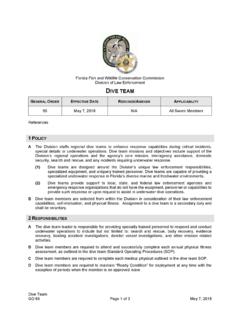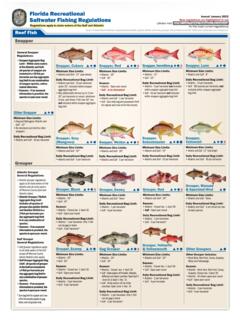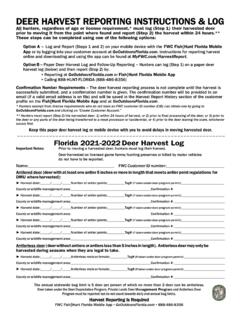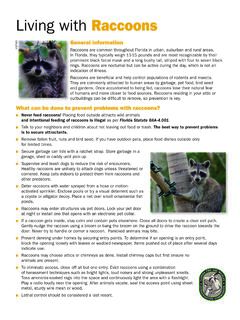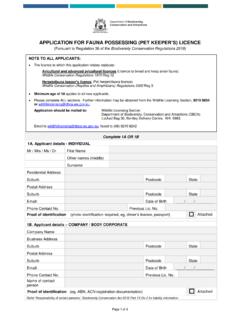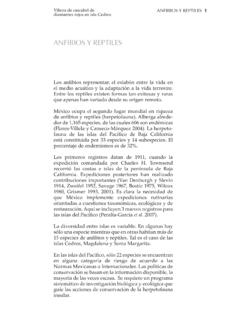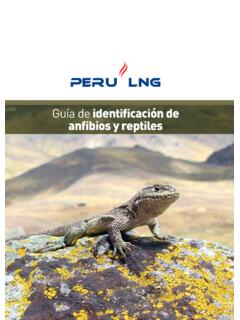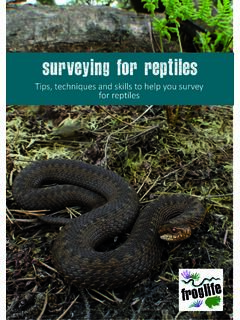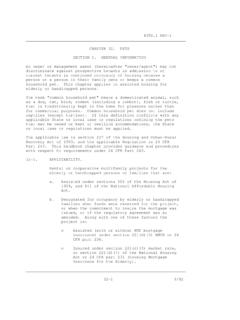Transcription of Iguana fast facts
1 Iguana fast facts I guanas are large lizards that can grow over 4 feet in length. Green and spinytail iguanas are native to Central and South America, but are commonly found in the exotic pet trade. I guanas bask in open areas and are often seen on sidewalks, docks, patios, decks, in trees or open mowed areas. T hey can run or climb swiftly when frightened and dive into water or retreat into burrows or thick foliage. Green iguanas can range from green to grayish black in color and have a row of spikes down the center of the head and back.
2 During the breeding season, adult male green iguanas can sometimes take on an orange hue. S pinytail iguanas can range from gray to dark tan in color with black bands and have whorls of spiny scales on the tail. Green iguanas are mainly herbivores and feed primarily on leaves, flowers and fruits of various broad-leaved herbs, shrubs and trees, but will feed on other items opportunistically. S pinytail iguanas are omnivorous, eating primarily vegetation, but have been documented eating small animals and members of the Iguana family are now established in South florida and occasionally observed in other parts of florida : the green Iguana , the Mexican spinytail Iguana , and the black spinytail female green Iguana , FWCB lack spinytail Iguana , Adam G.
3 SternMexican spinytail Iguana , Kenneth L. KryskoIf you have further questions or need more help, call your regional florida Fish and Wildlife Conservation Commission office: Main Headquarters Farris Bryant Building 620 S. Meridian St. Tallahassee, FL 32399-1600 850-488-4676 Northwest Region 3911 Hwy. 2321 Panama City, FL 32409-1658 850 -265 -3676 North Central Region 3377 E. Hwy. 90 Lake City, FL 32055-8795 386-758-0525 Northeast Region 1239 10th St. Ocala, FL 34471-0323 352-735-1225 Southwest Region 3900 Drane Field Rd.
4 Lakeland, FL 33811-1207 863-648-3200 South Region 8535 Northlake Boulevard West Palm Beach, FL 33412-3303 561-625-5122 Green Iguanas, FWCHow You Can Help Stop the Spread of These Invasive Lizards5/2019 Male green iguanaAn invasive speciesFlorida s subtropical climate has allowed iguanas to thrive and reproduce in regions of the state where they have been introduced into the can be a nuisance to homeowners by damaging landscape plants or gardens, leaving droppings in yards and pools, or causing property damage by digging iguanas Never feed iguanas directly or inadvertently by leaving attractants outside, such as pet food or ripened fruits.
5 A void planting vegetation that iguanas eat, such as hibiscus, orchids and range map shows credible sightings of green iguanas in florida as of 08 for recent sighting information. Protect valued plants or gardens with cages or screened enclosures. P lant Iguana -resistant vegetation such as milkweed and citrus. Haze basking iguanas by spraying with a water hose until they leave the area, or install a motion activated water scarecrow sprinkler. C reate a wire fence barrier along seawalls or other sensitive areas on your property to prevent digging.
6 Make loud noises to startle iguanas and create an unwelcome atmosphere around your options to remove iguanas A ll species of Iguana may be humanely captured and killed from private property without a permit at any time with landowner permission. It is illegal to relocate or introduce nonnative species in florida . A s with all wildlife, iguanas are protected by anti- cruelty law and inhumane treatment of them is punishable by law. No poisons are legal for use on iguanas or any reptiles in florida .
7 T he florida Fish and Wildlife Conservation Commission (FWC) recommends the use of cage traps to homeowners interested in the live capture and removal of iguanas. Homeowners who capture other nonnative species and need help should call the FWC s Exotic Species Hotline at 888-Ive-Got1 (888-483-4681). I guanas may be killed by use of a firearm on private property during daylight hours with landowner permission. Please check with the local sheriff s office or police department for firearm ordinances before discharging a firearm.
8 I guanas and other nonnative reptiles may be taken year-round without a permit on 22 public lands. Please visit and click on Removing Pythons for more iguanas L ive animal traps can be baited with red flowers or fruit such as strawberries, banana, grapes pieces of ripe melon, papaya or mango. Pre-baiting can make live traps more effective in catching iguanas. Simply bait the open trap for a few days until iguanas are regularly entering the trap, the release the door and set the trap normally. I guanas can get cuts or wounds when trying to escape from traps so cover traps with foliage or cardboard to help the animal feel less exposed or vulnerable.
9 F or the welfare of any caught animal, traps should be set in a shaded area. S et traps during the day when iguanas are active to avoid catching non-target species such as cats, raccoons and opossums that are more likely to be caught in traps left open at night. T raps must be checked at least once every 24 hours. C aptured non-target native species are required to be released on site. T he FWC recommends hiring a nuisance wildlife trapper for interested property owners who may find it difficult to trap and kill iguanas on their own.
10 More information, including a link to the online trapper search is available at trap, FWCC overed trap, FWC
